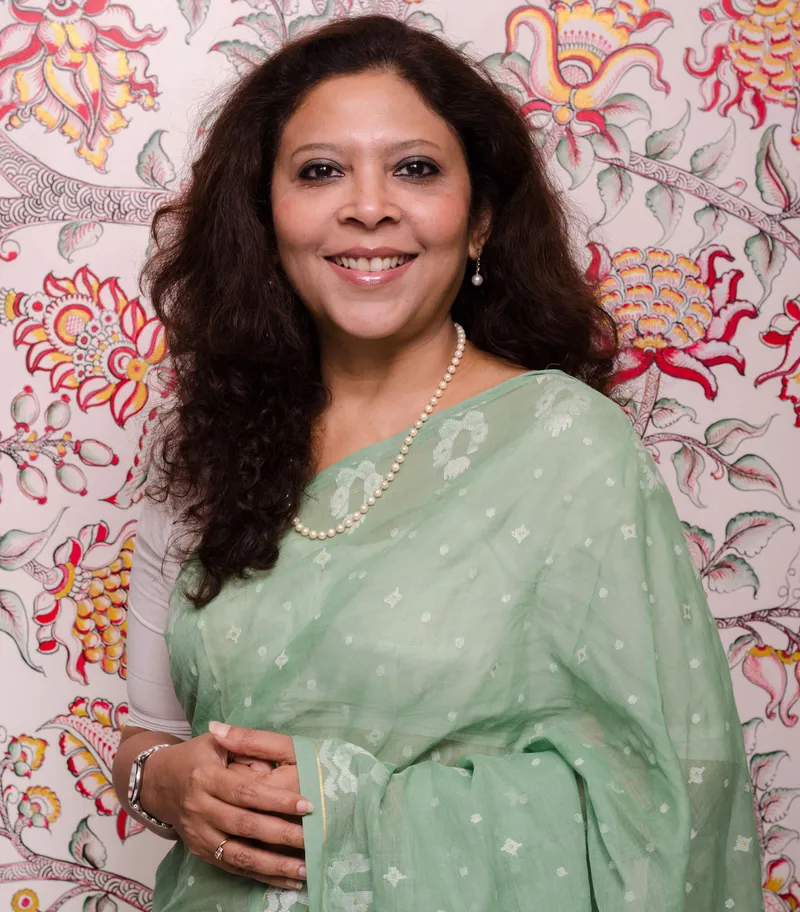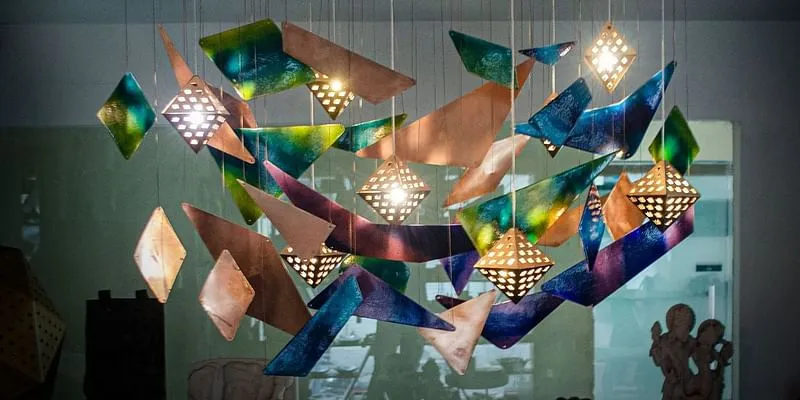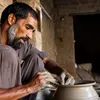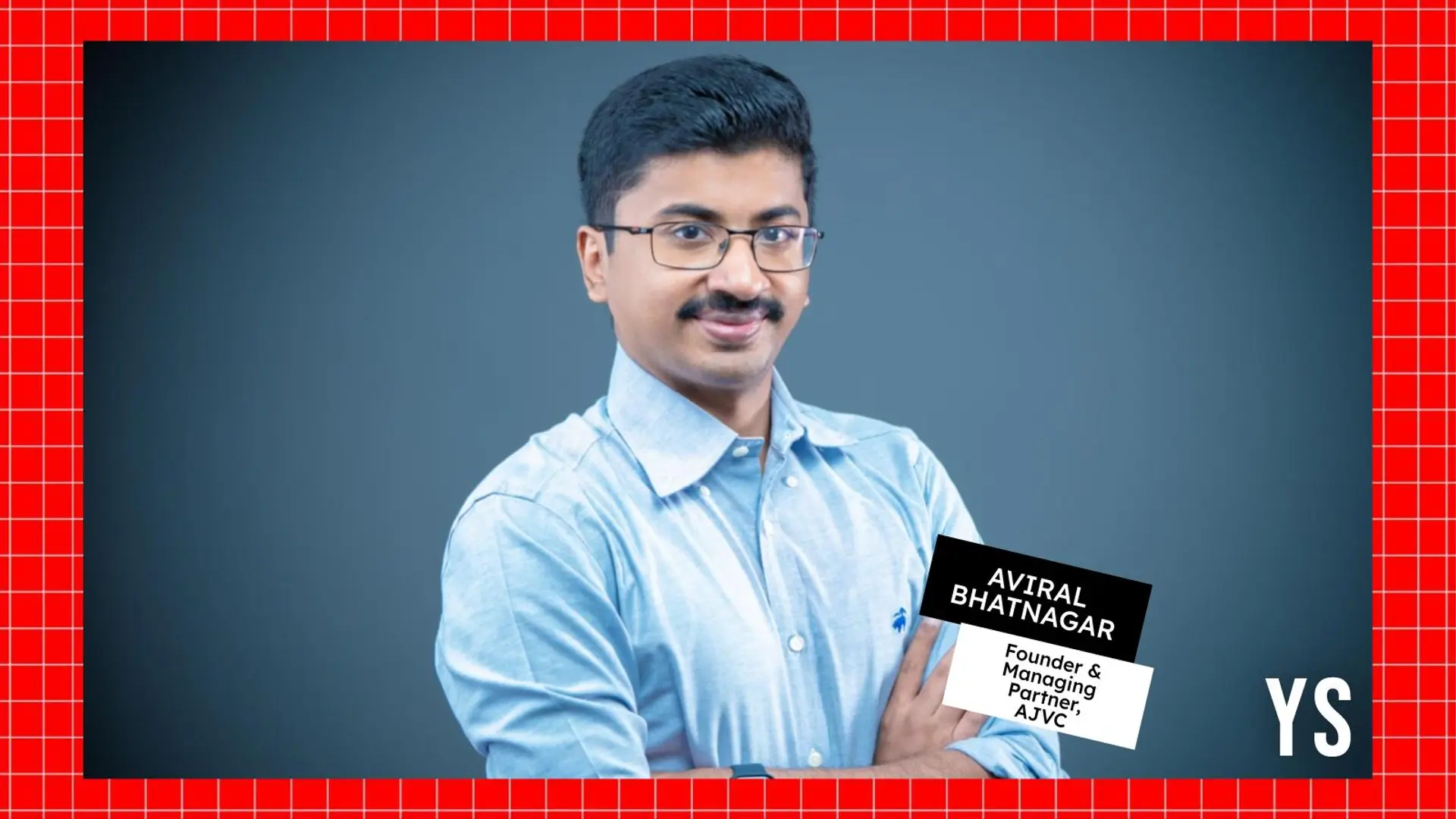[Sustainability Agenda] How Baaya Design is creating sustainable livelihoods by bridging the gap between traditional artisans and clients
Shibani Jain, Founder of Baaya Design, speaks to Social Story about creating artful spaces that showcase traditional crafts in contemporary designs.
According to a report from the office of the Development Commissioner Handicrafts under the Ministry of Textiles, over 35 traditional crafts in India have been identified as endangered. The list includes Indigo dyeing from Assam, Lashingphee (quilt cloth-making) from Manipur, temple Applique from Tamil Nadu, and Danka (gold and silver) embroidery from Rajasthan. With changing aesthetic sensibilities and the availability of cheaper assembly line alternatives, the demand for traditional handicrafts has been on a steady decline over the years.
Several entrepreneurs and designers have been working to bring about a revival in these art forms. Among them is Shibani Jain, Founder & CEO, Baaya Design. Shibani is a graduate in Communication Design from the National Institute of Design (NID) in Ahmedabad and has worked as Head of Design at Tata Interactive Systems.

Shibani Jain is Founder and CEO of Baaya Design
Speaking to Social Story, she says that Baaya Design was established to offer artisans greater representation. “Art is not represented well, and some of the skills that these artisans possess is not well represented,” says Shibani, explaining that while a few products have been contemporised by design stores, the sheer variety of talent that exists in India is underutilised.
“India is blessed to have a really rich variety of arts and crafts. I thought that these forms could be used to create artful spaces. Everything Baaya offers is based on the concept of using these special skills in designing interiors.”
Shibani works with artist communities from across India, but their specialty is in metal work. “Baaya does a lot of work with copper enameling from Maharashtra. It is like meenakari, but it's done on copper sheets. We do a lot of brass dhokra work, which is a form of art from Chhattisgarh.
Copper enamelling is something we have been doing over the last four years, and we've been intensifying our work in that space and bring new international styling to what these artists do. This could be in the colours or motifs that they use. While we largely work with copper enameling, brass dhokra, and wood marquetry, we offer a wide variety of crafts from terracotta to wood carving and ceramic work.
Explaining how Baaya has reached out to designers, Shibani says, “There are all types of artists. Some are more receptive to our ideas and there are purists who are less willing to change. Some of the artisans reach out to us, we reach out to them or we find them in exhibitions, both in Mumbai and outside. Sometimes, but rarely, we have to travel to find a specialist.
We tell them how we work and gauge whether they will work with us and innovate. Sometimes, we have brought them to Mumbai, taught them a special technique, and then they do more work for us. So it's a matter of trust, communication, and training. We also learn a lot from the artisans making the whole thing a sort of a collaborative platform.”
Shibani is also the co-founder of Hand for Handmade (HFH), a collective of over 500 professional individuals and organisations who are passionate about Indian crafts. The collective includes artisans, master craftsmen, producer organisations, designers, design studios, retailers, ecommerce platforms, NGOs, craft institutes, design school and colleges, media, and other stakeholders.
The HFH movement is working for the resurgence of the craft and handmade sector during COVID-crisis and beyond.

A Zephyr lamp created by the artisans using traditional methods to create a contemporary design
The pandemic has also taken a toll on the artisan community. “We have lost a few good artisans due to ill health. There has also been significant income loss for them. While things did slow down, many continued working as they all work from home. But because of all the restrictions, they could not come to Mumbai, had no access to raw materials and logistics of dispatching finished products and order fulfilment was also a huge challenge,” says Shibani.
She believes that making craft a subject in education will enable millennials and future generations to have an appreciation for craft.
Lack of awareness about India’s handicrafts has resulted in the next generation of potential artisans abandoning the work of their forefathers in favour of jobs at call centres or other jobs in cities.
“But wherever there are success stories, and there is clear indication that income can be generated, the new generation is returning,” says Shibani, giving the example of her copper enamel artist, whose son and daughter-in-law returned to the family tradition when they realised the income potential. "
“So it is really a matter of economics. At the end of the day, if money comes in, and they can sustain themselves on what they create, they will remain in it,” she says.
Sustainability is also core to Baaya’s ethos. “Sustainability can also have different meanings for lots of different people. One aspect is social equity and there are a lot of women in the crafts sector. The other is the impact of the carbon footprint on the environment. Crafts have been around for thousands of years. So, the carbon footprint has evolved in a very natural way. Because these products are handmade, they aren’t energy-guzzling or toxic. The third aspect is a lot of the products like the copper artwork can be reused and recycled. Other than that, we are using very natural, easy to replenish materials that can be replaced and regenerated without causing devastation.”
Baaya Design has a retail store showcasing these handicrafts in Lower Parel Mumbai and recently launched an experience centre in Andheri. Over the years, they have worked with a variety of clients like Tata Bombay House and Axis Bank. Shibani says that creating bespoke designs is not new.
“In the old days, maharajas would commission work and artists would create based on what their patron wanted. Today, there is a disconnect between artist and patron. And we are trying to bridge that gap,” she says.
Edited by Megha Reddy

![[Sustainability Agenda] How Baaya Design is creating sustainable livelihoods by bridging the gap between traditional artisans and clients](https://images.yourstory.com/cs/5/f5a7f3304b1211e9b6645b8ae897d03e/Imagereok-1625065433538.jpg?mode=crop&crop=faces&ar=2%3A1&format=auto&w=1920&q=75)





